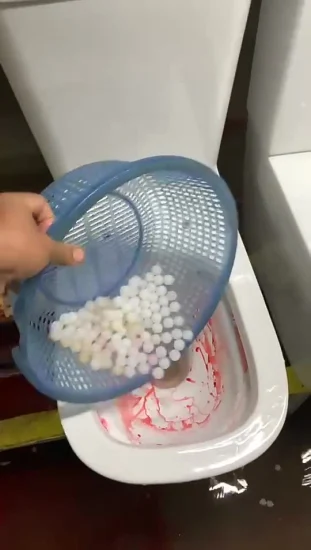Is it Advisable to Flush Food Down the Toilet?
Is it Advisable to Flush Food Down the Toilet?
Blog Article
Just how do you really feel in relation to Is it safe to flush food (especially rice) down the toilet??

Intro
Many people are frequently confronted with the problem of what to do with food waste, particularly when it concerns leftovers or scraps. One common question that occurs is whether it's alright to flush food down the bathroom. In this short article, we'll delve into the reasons why individuals could consider purging food, the effects of doing so, and alternate methods for correct disposal.
Reasons individuals could think about purging food
Absence of awareness
Some individuals might not know the possible harm triggered by flushing food down the toilet. They might erroneously believe that it's a harmless practice.
Comfort
Purging food down the commode might seem like a fast and very easy option to getting rid of unwanted scraps, specifically when there's no neighboring trash can available.
Negligence
Sometimes, individuals might merely choose to flush food out of sheer laziness, without taking into consideration the consequences of their actions.
Effects of flushing food down the toilet
Ecological impact
Food waste that winds up in rivers can add to pollution and injury water ecological communities. Furthermore, the water utilized to purge food can stress water sources.
Pipes concerns
Flushing food can lead to clogged up pipes and drains pipes, causing pricey pipes fixings and troubles.
Sorts of food that must not be flushed
Fibrous foods
Foods with fibrous structures such as celery or corn husks can get tangled in pipes and cause clogs.
Starchy foods
Starchy foods like pasta and rice can absorb water and swell, causing clogs in pipes.
Oils and fats
Greasy foods like bacon or food preparation oils ought to never ever be purged down the bathroom as they can solidify and trigger obstructions.
Correct disposal techniques for food waste
Using a garbage disposal
For homes geared up with waste disposal unit, food scraps can be ground up and purged with the pipes system. Nonetheless, not all foods are suitable for disposal in this manner.
Recycling
Particular food packaging materials can be reused, lowering waste and lessening environmental influence.
Composting
Composting is an environment-friendly method to dispose of food waste. Organic materials can be composted and used to improve dirt for gardening.
The value of appropriate waste administration
Decreasing ecological injury
Appropriate waste monitoring methods, such as composting and recycling, assistance reduce pollution and preserve natural deposits for future generations.
Safeguarding pipes systems
By avoiding the method of flushing food down the bathroom, house owners can stop expensive pipes repair work and maintain the stability of their pipes systems.
Final thought
Finally, while it might be tempting to flush food down the commode for comfort, it is necessary to recognize the possible repercussions of this action. By embracing proper waste management practices and throwing away food waste sensibly, people can contribute to healthier pipes systems and a cleaner setting for all.
FLUSH FOOD DOWN THE TOILET?
FLUSHING FOOD CAN CAUSE BLOCKED DRAINS IN YOUR HOME
All of the plumbing fixtures in your home are connected to the same sewer pipe outside of your home. This outdoor sewer pipe is responsible for transporting all the wastewater from your home to the Council sewer mains. Even small pieces of food that go down the kitchen sink can cause problems for your sewer. It should therefore be obvious that flushing larger bits of food, such as meat, risks a clog in either the toilet itself or the sewer pipes. Flushing greasy food is even more problematic because oil coagulates when it cools, coating the interior lining of your pipes.
THE TOILET IS NOT A BIN
Food isn’t the only thing that people shouldn’t be flushing down the toilet. People use the toilet to dispose of all kinds of things such as tampons, makeup wipes, dental floss, kitty litter and even underwear. Water goes to great lengths to educate residents about the high costs and stress placed on wastewater treatment systems simply from people flushing the wrong stuff down the toilet. It costs taxpayers millions of dollars each year, and homeowners thousands in blocked drain repairs.
FLUSHING FOOD IS A WASTE OF WATER
Flushing food is a waste of our most precious resource - water. In June this year Level 1 water restrictions were introduced to protect water supply from drought conditions. Much of New South Wales continues to be affected by prolonged drought with recent figures revealing up to 97 per cent of the state remains in drought. Depending on whether you have a single or dual flush toilet, every single flush uses between five and 11 litres of water. In the current climate this is a huge amount of water to be wasting on flushing food that should be placed in the bin (or better yet, the compost).
https://www.jabplumbingsolutions.com.au/blog/can-you-flush-food-down-the-toilet

We had been shown that write-up on through a buddy on our other web property. Enjoyed our piece? Please quickly share it. Let someone else check it out. I truly appreciate reading our article about .
Book An Appointment Report this page